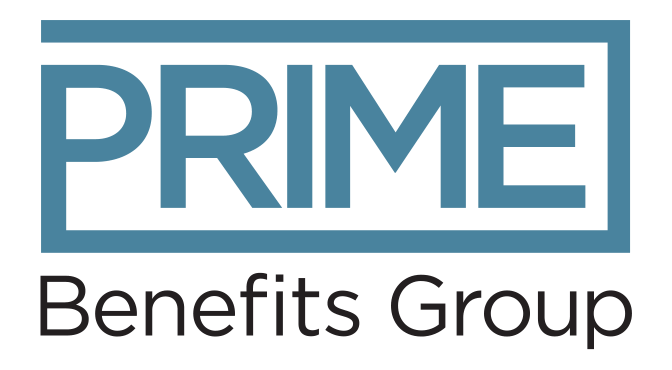- Have a question?
- 613-89-Prime (77463)
- 1-866-950-3667
- info@primebenefitsgroup.com
How Employers Can Support the Well-Being of Young Workers


Overall well-being and the need for self-care are increasingly in the spotlight, and as we spend a significant portion of our lives at work, employers are under more pressure than ever to ensure the wellness of their employees. Research highlights the prevalent mental health challenges and diminished well-being among young Canadian employees in particular, which is driven by work-related stress, lack of support systems and struggles with sleep, physical activity and stress management.
A report released last year found that five million young professionals in Canada are in need of mental health support, with 40 per cent of Canadians aged 18 to 24 reportedly at a “breaking point” when it comes to their mental health. Work is cited as the top source of stress.
Another report found employees aged 20-29 have the lowest general well-being scores (46.9 out of 100) compared to other working age groups in Canada. The top habits cited by respondents were getting better sleep, moving more, and reducing stress. The report also suggests there’s often a lack of emotional support from employers in remote or hybrid work models, which can make it more difficult for young professionals to express themselves authentically.
There are opportunities for employers to invest more in employee well-being and put proactive measures in place to support their mental health, productivity and growth.
Under Pressure
Today’s younger employees face several unique challenges that can significantly impact their well-being in the workforce. This generation often grapples with the pressures of rapidly evolving technological advancements, leading to increased competition and uncertainty in career paths. Economic factors, such as the rising cost of living, student loan debt, and unstable job markets are contributing to financial stress and insecurity. The influence of social media and digital connectivity can also exacerbate feelings of isolation and comparison. Combined with the traditional stresses of entering adulthood and establishing independence, these challenges create a perfect storm for heightened levels of stress, anxiety, and burnout.
The COVID-19 pandemic had a significant impact on well-being, as well. The pandemic took a significant toll on the mental health and well-being of younger workers, disrupting their education, employment prospects and causing high levels of concern about broader societal impacts, despite being less worried about their own health. Among those aged 18 to 20, one in four stopped or postponed their post-secondary studies due to the pandemic. Younger workers were also the most likely to lose work hours, become unemployed or lose income.
In the workplace, these factors can significantly impact their mental health and overall well-being, leading to decreased productivity, increased absenteeism, and higher turnover rates.
How Employers Can Help
One way for employers to support young employees is by offering Employee Assistance Programs (EAPs). EAPs are employer-sponsored programs designed to provide confidential counselling, resources and support for employees facing personal or work-related challenges. Employees can schedule confidential sessions with a licensed therapist to discuss concerns and develop coping strategies. EAPs also offer online resources and workshops on stress management techniques, mindfulness, and work-life balance.
While EAPs are intended to provide mental health resources and support for employees, actual utilization rates are quite low, with most studies showing usage under 10 per cent of eligible employees. Stigma around mental health, privacy concerns and the misconception that EAPs are only for crisis situations are also other potential reasons for the underuse of this resource.
Increasing awareness, emphasizing confidentiality, and communicating the broad scope of EAP services could help improve usage and support employee well-being. Younger employees may prefer different modes of communication. Use preferred internal communications channels, such as intranet or mobile apps, to share information about the EAP in a way that resonates with your team. Regularly ask for feedback from all employees about their experiences with the EAP and how it can be improved to better meet their needs. Continuous evaluation and improvement ensure that the program remains relevant and effective.
Workplace Wellness
By investing in initiatives like Employee Assistance Programs and implementing strategies to encourage their use, employers can create a healthier and more productive workforce. Contact us to learn more about how to optimize your offerings for your team.
Suggested Reading
Gen Z: Attracting the Next Generation of Employees
Creating a Culture of Self-Care in the Workplace
Maximizing Unused Mental Health Benefits in the Workplace
Additional Sources